Grow Microgreens at Home and unlock a world of flavor and nutrition right on your windowsill! Imagine adding vibrant, nutrient-packed greens to your salads, sandwiches, and smoothies, all harvested just moments before you enjoy them. Forget those wilted, expensive greens from the grocery store – with a few simple tricks, you can cultivate your own miniature garden indoors, no matter how small your space.
The practice of sprouting seeds and enjoying young greens has ancient roots, with evidence suggesting that civilizations in the Middle East and Asia were enjoying similar delicacies thousands of years ago. Today, the trend of growing microgreens at home is experiencing a massive resurgence, and for good reason! In our fast-paced lives, it’s easy to overlook the importance of fresh, whole foods. But what if you could effortlessly boost your daily intake of vitamins and minerals with minimal effort?
That’s where this DIY guide comes in. I’m going to show you how incredibly easy it is to grow microgreens at home. Not only is it a fun and rewarding project, but it’s also a fantastic way to save money, reduce your environmental footprint, and ensure you’re getting the freshest, most nutritious greens possible. Ready to ditch the store-bought stuff and embrace the joy of homegrown goodness? Let’s get started!
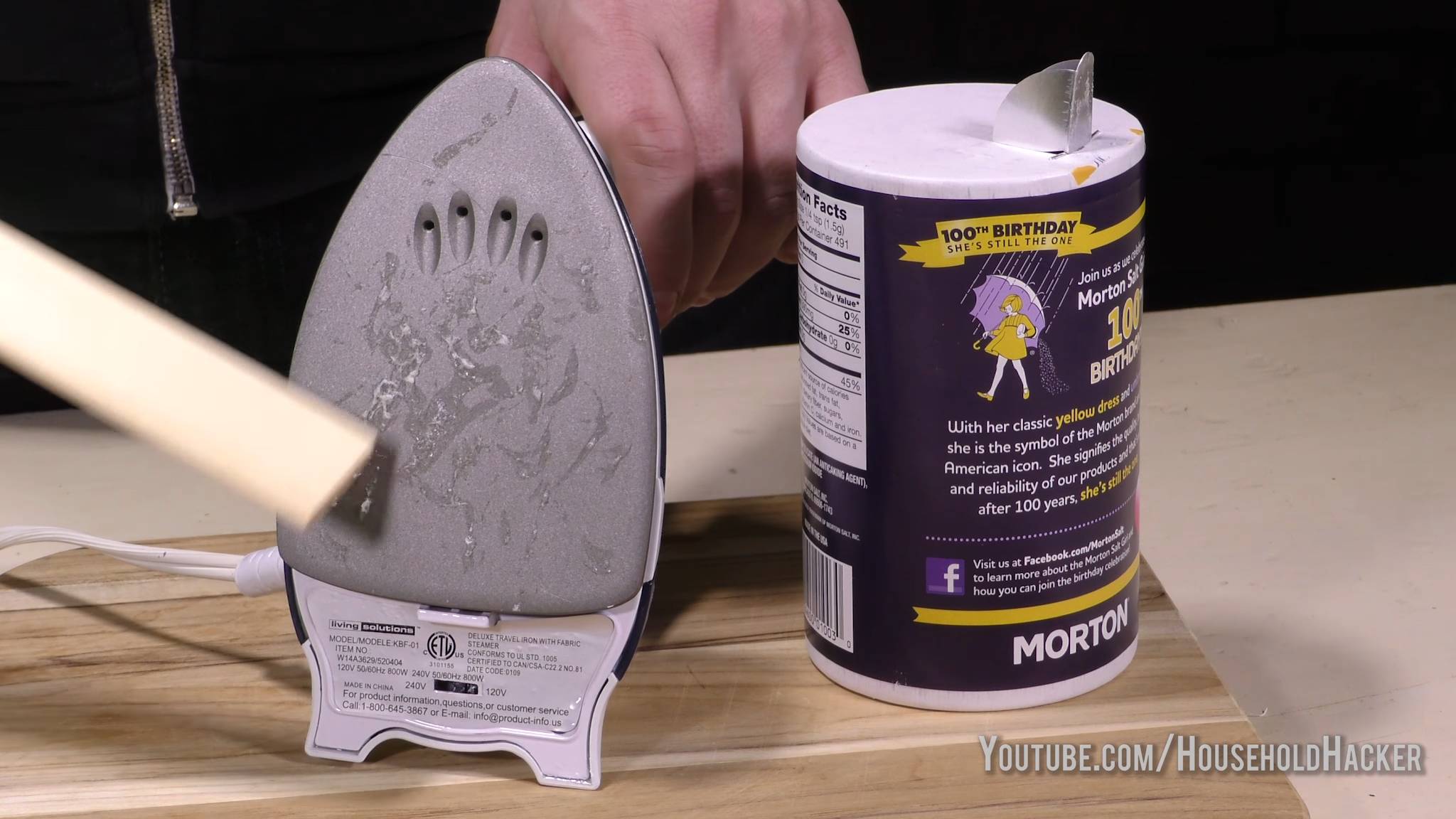
Grow Your Own Delicious Microgreens: A Beginner’s Guide
Hey there, fellow food enthusiasts! Ever wanted to add a burst of fresh flavor and nutrients to your meals without even leaving your kitchen? Well, you’re in the right place! Today, I’m going to walk you through the super simple process of growing your own microgreens at home. Trust me, it’s easier than you think, and the rewards are oh-so-delicious.
Microgreens are basically baby versions of vegetables and herbs, harvested just a few weeks after germination. They’re packed with vitamins, minerals, and antioxidants, and they add a vibrant touch to salads, sandwiches, soups, and just about anything else you can imagine. Plus, they’re incredibly satisfying to grow yourself!
What You’ll Need
Before we dive in, let’s gather our supplies. The beauty of this project is that you probably already have most of what you need lying around!
* Seeds: This is the most important part! Choose seeds specifically labeled for microgreens or sprouting. Some popular options include radish, broccoli, sunflower, pea shoots, kale, and mustard. I recommend starting with a few different varieties to see what you like best.
* Growing Trays: You can use shallow plastic trays, recycled takeout containers (with drainage holes!), or even repurposed clamshell containers. Just make sure they’re clean and have adequate drainage. I personally love using trays that are specifically designed for seed starting, as they often come with a drainage tray to catch excess water.
* Growing Medium: You have a few options here. You can use seed starting mix, coconut coir, or even just paper towels. Seed starting mix is my go-to because it provides the best support and nutrients for the seedlings. Coconut coir is a great eco-friendly option. If you’re using paper towels, make sure they’re unbleached and thick enough to hold moisture.
* Spray Bottle: This is essential for keeping your microgreens moist without overwatering them.
* Water: Tap water is fine, but filtered water is even better.
* Light Source: Microgreens need light to grow. A sunny windowsill can work, but a grow light will give you more consistent results, especially during the darker months. I use a simple LED grow light that I got online, and it works wonders.
* Optional: A humidity dome or plastic wrap can help create a humid environment for germination.
Step-by-Step Instructions: Let’s Get Growing!
Okay, now for the fun part! Follow these steps, and you’ll be harvesting your own microgreens in no time.
1. Prepare Your Tray:
* If you’re using a tray without drainage holes, carefully poke some holes in the bottom. This is crucial to prevent waterlogging, which can lead to mold and unhappy microgreens.
* Line your tray with your chosen growing medium. If you’re using seed starting mix or coconut coir, moisten it thoroughly. It should be damp but not soggy. I like to mix the medium with water in a separate container before adding it to the tray to ensure even moisture distribution.
* Spread the moistened medium evenly across the tray, about 1-2 inches deep. Gently press it down to create a smooth surface.
2. Sow Your Seeds:
* This is where you get to play farmer! Sprinkle your seeds evenly over the surface of the growing medium. Don’t overcrowd them, as this can lead to poor air circulation and fungal problems. A good rule of thumb is to aim for about 10-15 seeds per square inch.
* Once you’ve sown your seeds, gently press them into the growing medium. You don’t need to bury them completely; just make sure they’re making good contact with the soil.
* For smaller seeds like radish or broccoli, you can lightly cover them with a thin layer of growing medium. For larger seeds like sunflower or pea shoots, you can leave them uncovered.
3. Water and Cover:
* Gently mist the seeds with your spray bottle. You want to moisten them without dislodging them.
* Cover the tray with a humidity dome or plastic wrap. This will help create a humid environment that encourages germination. If you’re using plastic wrap, make sure to poke a few holes in it for ventilation.
* Place the tray in a dark, warm place. This is important for germination. A cupboard or closet works well.
4. Germination Time:
* Check your seeds daily. Keep the growing medium moist by misting it with your spray bottle as needed.
* Most microgreens seeds wil
Hey there, fellow food enthusiasts! Ever wanted to add a burst of fresh flavor and nutrients to your meals without even leaving your kitchen? Well, you’re in the right place! Today, I’m going to walk you through the super simple process of growing your own microgreens at home. Trust me, it’s easier than you think, and the rewards are oh-so-delicious.
Microgreens are basically baby versions of vegetables and herbs, harvested just a few weeks after germination. They’re packed with vitamins, minerals, and antioxidants, and they add a vibrant touch to salads, sandwiches, soups, and just about anything else you can imagine. Plus, they’re incredibly satisfying to grow yourself!
What You’ll Need
Before we dive in, let’s gather our supplies. The beauty of this project is that you probably already have most of what you need lying around!
* Seeds: This is the most important part! Choose seeds specifically labeled for microgreens or sprouting. Some popular options include radish, broccoli, sunflower, pea shoots, kale, and mustard. I recommend starting with a few different varieties to see what you like best.
* Growing Trays: You can use shallow plastic trays, recycled takeout containers (with drainage holes!), or even repurposed clamshell containers. Just make sure they’re clean and have adequate drainage. I personally love using trays that are specifically designed for seed starting, as they often come with a drainage tray to catch excess water.
* Growing Medium: You have a few options here. You can use seed starting mix, coconut coir, or even just paper towels. Seed starting mix is my go-to because it provides the best support and nutrients for the seedlings. Coconut coir is a great eco-friendly option. If you’re using paper towels, make sure they’re unbleached and thick enough to hold moisture.
* Spray Bottle: This is essential for keeping your microgreens moist without overwatering them.
* Water: Tap water is fine, but filtered water is even better.
* Light Source: Microgreens need light to grow. A sunny windowsill can work, but a grow light will give you more consistent results, especially during the darker months. I use a simple LED grow light that I got online, and it works wonders.
* Optional: A humidity dome or plastic wrap can help create a humid environment for germination.
Step-by-Step Instructions: Let’s Get Growing!
Okay, now for the fun part! Follow these steps, and you’ll be harvesting your own microgreens in no time.
1. Prepare Your Tray:
* If you’re using a tray without drainage holes, carefully poke some holes in the bottom. This is crucial to prevent waterlogging, which can lead to mold and unhappy microgreens.
* Line your tray with your chosen growing medium. If you’re using seed starting mix or coconut coir, moisten it thoroughly. It should be damp but not soggy. I like to mix the medium with water in a separate container before adding it to the tray to ensure even moisture distribution.
* Spread the moistened medium evenly across the tray, about 1-2 inches deep. Gently press it down to create a smooth surface.
2. Sow Your Seeds:
* This is where you get to play farmer! Sprinkle your seeds evenly over the surface of the growing medium. Don’t overcrowd them, as this can lead to poor air circulation and fungal problems. A good rule of thumb is to aim for about 10-15 seeds per square inch.
* Once you’ve sown your seeds, gently press them into the growing medium. You don’t need to bury them completely; just make sure they’re making good contact with the soil.
* For smaller seeds like radish or broccoli, you can lightly cover them with a thin layer of growing medium. For larger seeds like sunflower or pea shoots, you can leave them uncovered.
3. Water and Cover:
* Gently mist the seeds with your spray bottle. You want to moisten them without dislodging them.
* Cover the tray with a humidity dome or plastic wrap. This will help create a humid environment that encourages germination. If you’re using plastic wrap, make sure to poke a few holes in it for ventilation.
* Place the tray in a dark, warm place. This is important for germination. A cupboard or closet works well.
4. Germination Time:
* Check your seeds daily. Keep the growing medium moist by misting it with your spray bottle as needed.
* Most microgreens seeds will germinate within 2-5 days. Once you see sprouts emerging, it’s time to move them to the light.
5. Light It Up!
* Remove the humidity dome or plastic wrap.
* Place the tray under your grow light or in a sunny windowsill. If you’re using a grow light, position it a few inches above the seedlings.
* Rotate the tray regularly to ensure even light exposure. This will prevent the microgreens from leaning towards the light source.
6. Watering and Maintenance:
* Continue to mist your microgreens with your spray bottle as needed. The frequency of watering will depend on the humidity and temperature of your environment. Generally, you’ll want to water them once or twice a day, making sure the growing medium stays moist but not soggy.
* You can also bottom-water your microgreens by adding water to the drainage tray. The growing medium will absorb the water from the bottom up. This is a great way to prevent overwatering and fungal problems.
7. Harvest Time!
* Your microgreens will be ready to harvest in about 7-14 days, depending on the variety. They’re ready when they have developed their first set of true leaves (the leaves that appear after the initial seed leaves).
* To harvest, simply snip the microgreens with scissors just above the growing medium.
* Rinse the harvested microgreens with water and enjoy!
Tips and Tricks for Microgreen Success
Here are a few extra tips to help you grow the best microgreens possible:
* Choose the Right Seeds: Not all seeds are created equal. Make sure you’re using seeds specifically labeled for microgreens or sprouting. These seeds are typically untreated and have a higher germination rate.
* Don’t Overwater: Overwatering is one of the most common mistakes people make when growing microgreens. Soggy soil can lead to fungal problems and root rot. Make sure your tray has adequate drainage and water only when the growing medium feels dry to the touch.
* Provide Adequate Light: Microgreens need plenty of light to grow strong and healthy. If you’re using a sunny windowsill, make sure it gets at least 4-6 hours of direct sunlight per day. If you’re using a grow light, keep it on for 12-16 hours per day.
* Maintain Good Air Circulation: Good air circulation is essential for preventing fungal problems. Make sure your microgreens have plenty of space to breathe and avoid overcrowding them. You can also use a small fan to improve air circulation.
* Experiment with Different Varieties: There are so many different types of microgreens to choose from! Experiment with different varieties to find your favorites. Radish microgreens have a spicy kick, while sunflower microgreens have a nutty flavor.
* Successive Planting: To ensure a continuous supply of microgreens, plant a new batch every week or two. This way, you’ll always have fresh microgreens on hand.
* Dealing with Mold: Sometimes, despite your best efforts, mold can appear. If you see mold, remove the affected area immediately. Improve air circulation and reduce watering. A diluted hydrogen peroxide solution (1 part hydrogen peroxide to 10 parts water) can also help.
Troubleshooting Common Problems
Even with the best intentions, you might encounter a few hiccups along the way. Here’s how to troubleshoot some common microgreen problems:
* Poor Germination: If your seeds aren’t germinating, make sure they’re fresh and viable. You can test their viability by placing a few seeds on a damp paper towel and covering them with another damp paper towel. If they don’t germinate within a few days, they’re probably not viable. Also, ensure the temperature is warm enough for germination.
* Leggy Microgreens: Leggy microgreens are tall and spindly, with long stems and small leaves. This is usually caused by insufficient light. Move your microgreens to a brighter location or use a grow light.
* Yellowing Leaves: Yellowing leaves can be a sign of overwatering, underwatering, or nutrient deficiency. Check the moisture level of the growing medium and adjust your watering accordingly. If you suspect nutrient deficiency, you can try adding a diluted liquid fertilizer.
* Mold Growth: As mentioned earlier, mold growth is a common problem. Improve air circulation, reduce watering, and remove any affected
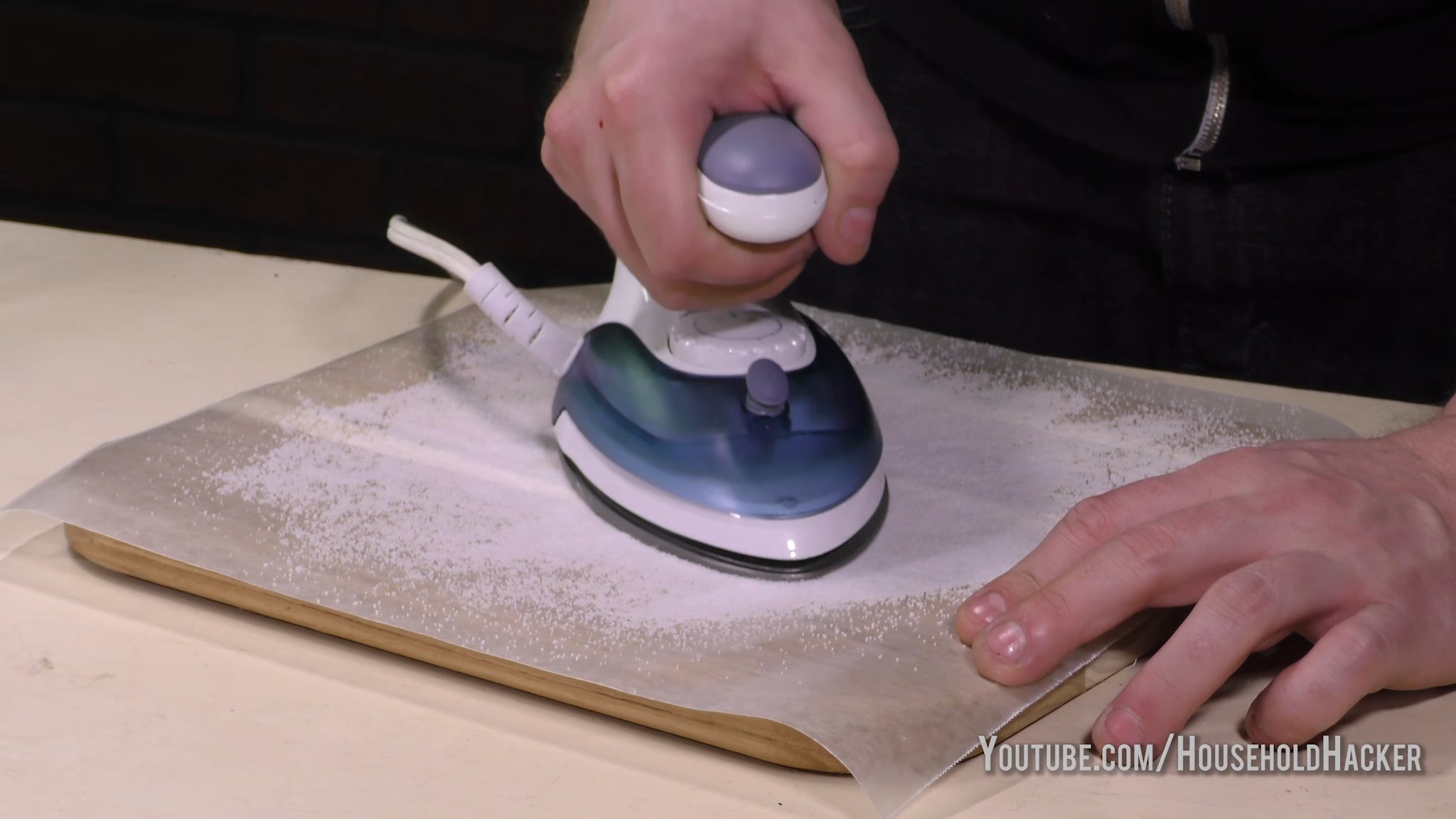
Conclusion
So, there you have it! Growing microgreens at home is not only achievable, but it’s also incredibly rewarding. We’ve walked you through a simple, cost-effective method that transforms your kitchen into a miniature, edible garden. Forget those expensive, pre-packaged containers from the grocery store. With a little effort and our easy-to-follow guide, you can have a constant supply of fresh, nutrient-packed microgreens right at your fingertips.
Why is this DIY trick a must-try? Because it empowers you to take control of your food source. You know exactly what you’re eating – no hidden pesticides, no mysterious additives, just pure, unadulterated goodness. Plus, the flavor explosion you get from freshly harvested microgreens is unparalleled. They add a vibrant burst of taste and texture to salads, sandwiches, soups, smoothies, and just about anything else you can imagine.
But the benefits extend beyond just flavor and nutrition. Growing microgreens is a fantastic way to reduce your carbon footprint. Think about all the transportation and packaging involved in getting those store-bought greens to your table. By growing your own, you’re minimizing waste and contributing to a more sustainable lifestyle. It’s also a surprisingly therapeutic activity. There’s something incredibly satisfying about nurturing these tiny plants and watching them flourish.
Looking for variations? Absolutely! Experiment with different types of seeds. Radish, broccoli, sunflower, pea shoots, and mustard are all popular choices, each offering a unique flavor profile. You can also try mixing different seeds together for a custom blend. Consider using different growing mediums, such as coconut coir or hemp mats, to see which works best for you. And don’t be afraid to get creative with your containers. Upcycle old plastic containers, yogurt cups, or even egg cartons. Just make sure they have drainage holes.
Ready to embark on your microgreen adventure? We encourage you to give this DIY trick a try. It’s easier than you think, and the results are well worth the effort. Once you experience the joy of harvesting your own fresh microgreens, you’ll never go back to store-bought again.
And most importantly, we want to hear about your experience! Share your photos, tips, and questions in the comments below. Let’s build a community of microgreen enthusiasts and inspire others to discover the joys of growing their own food. Tell us what seeds you tried, what challenges you faced, and what delicious dishes you created with your homegrown microgreens. Your feedback is invaluable and will help us improve this guide for future growers. So, get growing and share your microgreen success story! Let’s spread the word about the amazing benefits of growing microgreens at home!
Frequently Asked Questions (FAQ)
What exactly are microgreens?
Microgreens are young vegetable greens that are harvested just after the cotyledon leaves (the first leaves that emerge from the seed) have developed, and sometimes after the first true leaves have appeared. They are typically 1-3 inches tall and are packed with nutrients and intense flavor. They are different from sprouts, which are germinated seeds eaten whole, including the root, stem, and seed. Microgreens only include the stem and leaves.
What kind of seeds can I use to grow microgreens?
The possibilities are vast! Some popular choices include:
* **Brassicas:** Broccoli, cauliflower, kale, cabbage, radish, mustard
* **Legumes:** Peas, lentils, chickpeas
* **Cereals:** Wheatgrass, barley, oats, rice
* **Amaranthaceae:** Amaranth, quinoa, beets, spinach, chard
* **Asteraceae:** Sunflower, lettuce, endive, chicory
However, it’s crucial to use seeds specifically intended for sprouting or microgreen production. Avoid using seeds that have been treated with fungicides or other chemicals, as these are not safe for consumption. Always opt for organic seeds whenever possible.
How long does it take for microgreens to grow?
The growing time varies depending on the type of seed, but generally, microgreens are ready to harvest in 7-21 days. Radish and mustard tend to be among the fastest growers, while sunflower and pea shoots may take a bit longer. Keep a close eye on your microgreens and harvest them when they have developed their cotyledon leaves and perhaps their first true leaves.
How much light do microgreens need?
Microgreens need plenty of light to thrive. While they can germinate in the dark, they require light to develop their vibrant color and flavor. A sunny windowsill is a good option, but if you don’t have access to enough natural light, you can use a grow light. Position the light a few inches above the microgreens and keep it on for 12-16 hours per day.
How often should I water my microgreens?
Microgreens need to be kept consistently moist, but not soggy. Water them gently once or twice a day, using a spray bottle or a watering can with a fine rose. Avoid overwatering, as this can lead to mold growth. The growing medium should feel damp to the touch, but not waterlogged.
What if mold starts to grow on my microgreens?
Mold can be a common problem when growing microgreens, especially in humid environments. To prevent mold growth, ensure good air circulation around your microgreens. You can use a small fan to improve airflow. If you do see mold, remove the affected areas immediately. If the mold is widespread, it’s best to discard the entire batch and start over. To prevent future mold growth, avoid overwatering and ensure proper ventilation.
How do I harvest microgreens?
Harvesting microgreens is easy! Simply use a pair of scissors or a sharp knife to cut the stems just above the soil level. Wash the microgreens gently before using them. It’s best to harvest microgreens just before you’re ready to use them, as they are most flavorful when fresh.
How long will harvested microgreens last?
Harvested microgreens are best used immediately, but they can be stored in the refrigerator for up to a week. To store them, gently pat them dry with a paper towel and place them in a sealed container or plastic bag. Avoid washing them until you’re ready to use them, as moisture can promote spoilage.
Can I reuse the soil after harvesting microgreens?
It’s generally not recommended to reuse the soil after harvesting microgreens. The soil may contain fungal spores or other pathogens that could contaminate future crops. It’s best to discard the used soil and start with fresh soil for each new batch of microgreens.
Are there any microgreens I should avoid growing?
Yes, some plants in the nightshade family, such as tomatoes, peppers, eggplants, and potatoes, should not be grown as microgreens. Their leaves contain toxic alkaloids that can be harmful if ingested. Always research the safety of a particular seed before growing it as a microgreen.
What are the nutritional benefits of microgreens?
Microgreens are nutritional powerhouses! They are packed with vitamins, minerals, and antioxidants. Studies have shown that microgreens can contain significantly higher levels of nutrients than their mature counterparts. For example, red cabbage microgreens have been found to contain 40 times more vitamin E and six times more vitamin C than mature red cabbage.
Can I grow microgreens indoors year-round?
Absolutely! One of the great things about growing microgreens is that you can do it indoors year-round, regardless of the weather outside. With a little bit of light and water, you can have a constant supply of fresh, nutritious greens all year long.
What is the best way to get started with growing microgreens at home?
The best way to get started is to simply try it! Gather your supplies, choose your seeds, and follow the steps outlined in this guide. Don’t be afraid to experiment and learn from your mistakes. Growing microgreens is a fun and rewarding experience, and with a little practice, you’ll be harvesting your own delicious greens in no time. Remember to share your experiences and ask questions in the comments below! We’re here to help you succeed in your microgreen growing journey.


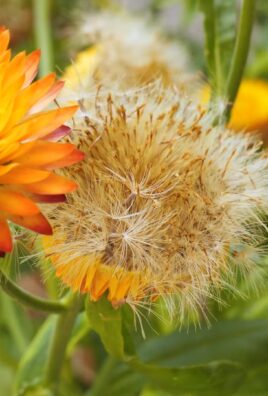
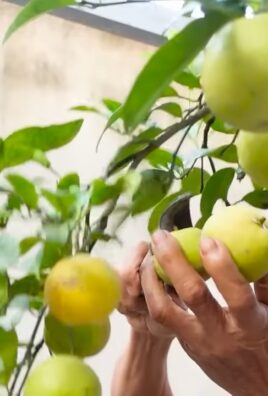
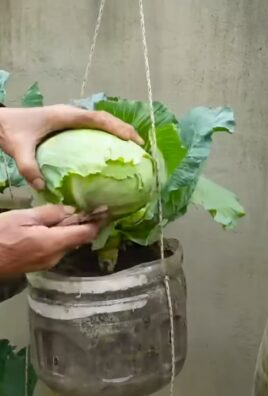
Leave a Comment